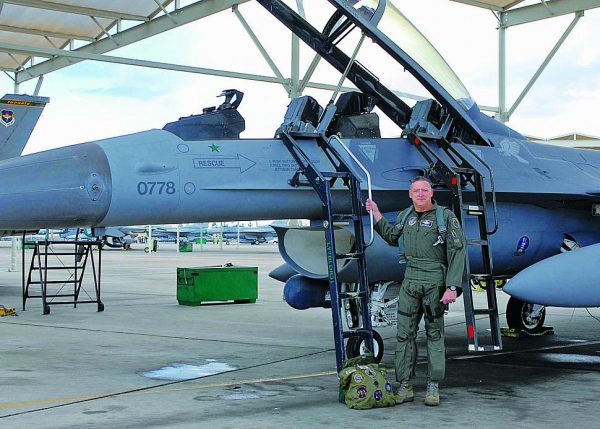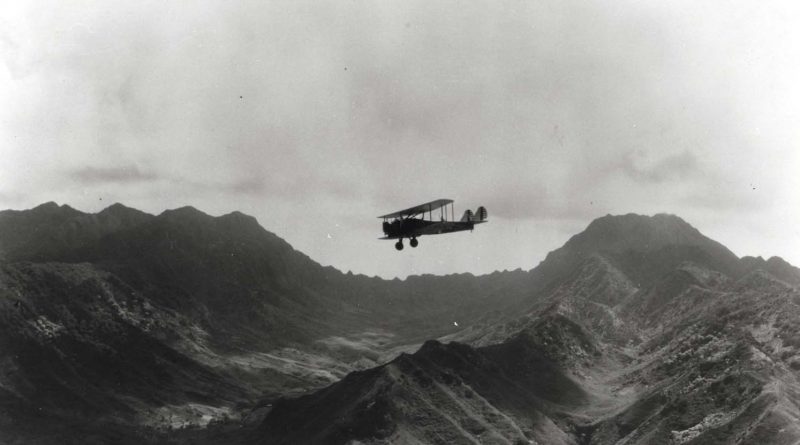December 27 in U.S. military history
1846: Although heavily outnumbered, a force of Missouri militia led by Col. Alexander W. Doniphan called the “Doniphan Thousand” defeats the Mexican army at El Paso (Texas) and captures the city in one of the major battles of the Mexican-American War. By the time Doniphan and his men return to Missouri, they have undertaken what could be the longest military march (some 5,500 miles) since Alexander the Great.
1935: When the Hawaiian volcano Mauna Loa erupts, Army Air Force planes drop bombs to divert the lava flow from nearby Hilo (featured image).
1942: 2nd Lt. (future Maj.) Richard I. Bong, flying a P-38 Lighting over Buna, scores his first of 40 kills against Japanese aircraft. Bong would become the United States’ top ace of World War II and would earn the Medal of Honor.
1943: With railroad workers threatening a wartime strike, Pres. Franklin D. Roosevelt seizes the critical infrastructure, putting the railroads under the supervision of the War Department.
1950: Lt. Gen. Matthew B. Ridgway takes over as commander of the retreating 8th Army and immediately travels to the front lines, where he reorganizes the command structure and restores his men’s morale. The Chinese offensive soon grinds to a halt and Ridgway will lead a counteroffensive in the spring.
1992: Lt. Col. Gary L. “Nordo” North, flying a two-seat F-16D, engages an Iraqi MiG-25 in Iraq’s southern no-fly-zone with an AIM-120A missile, marking the first beyond-visual-range kill and the first combat air-to-air victory for the F-16 Falcon. North eventually is named Commanding General of the Pacific Air Force.

